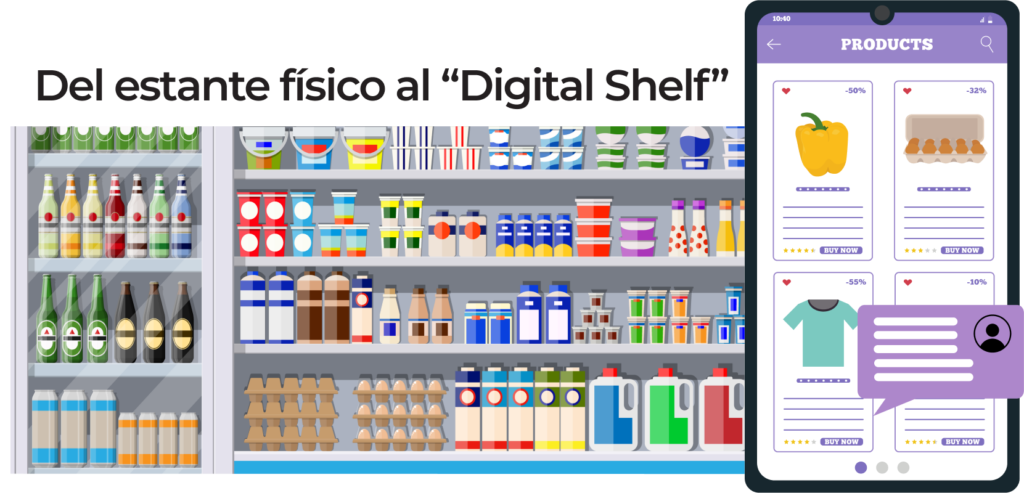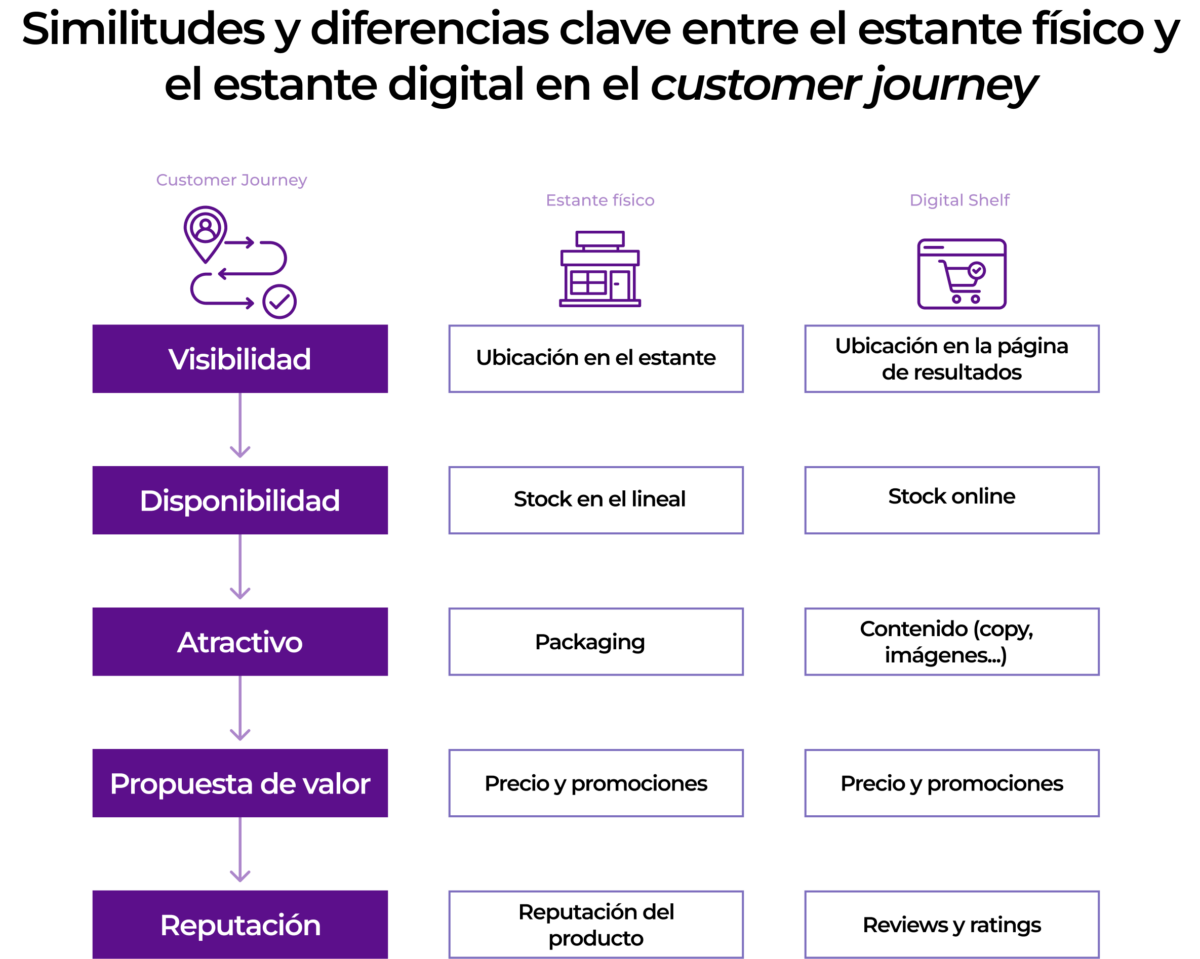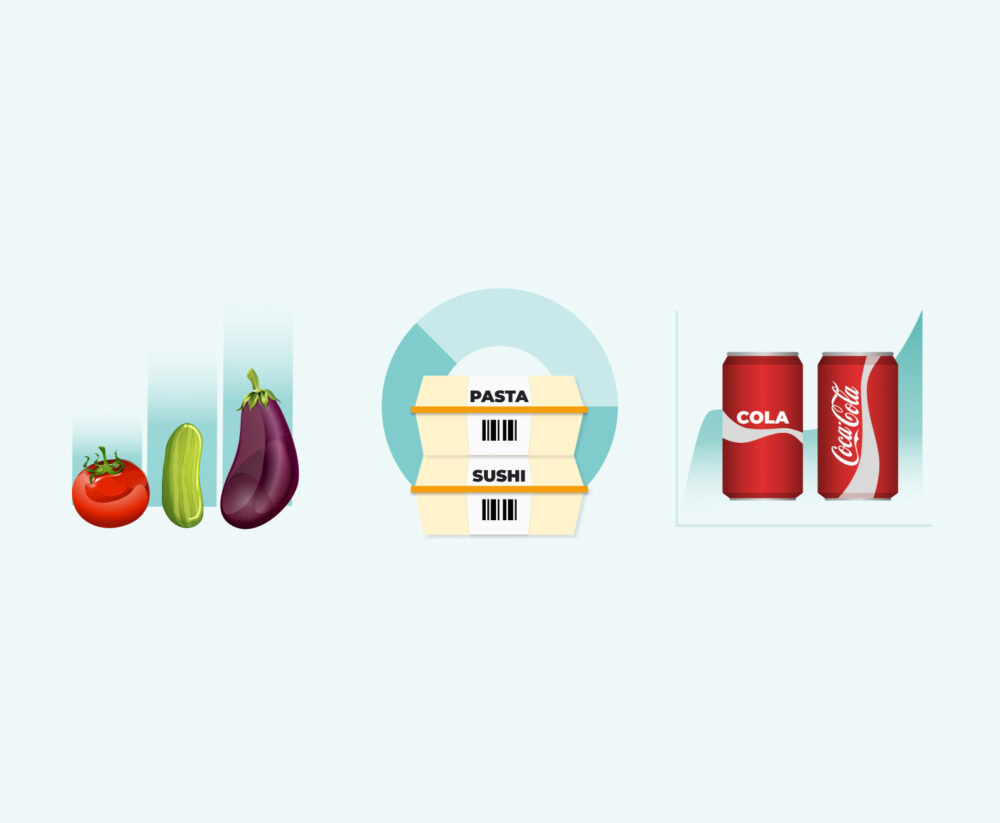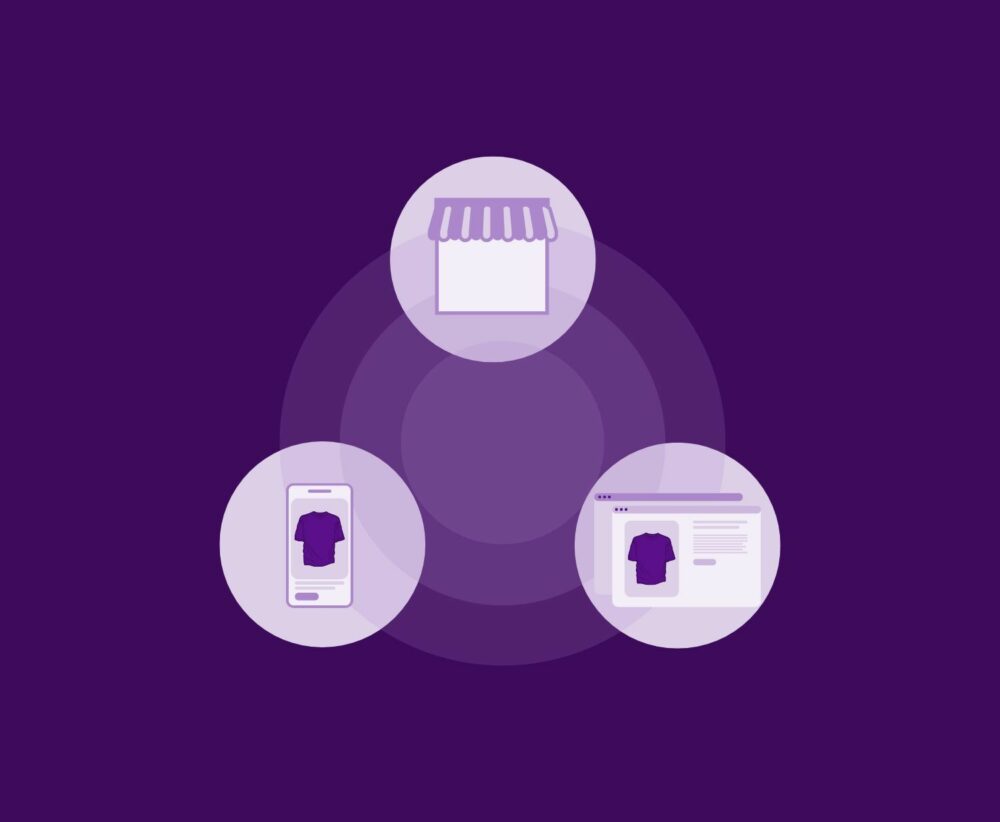What is the Digital Shelf? 7 key ideas to understand it
In the fast-paced world of e-commerce, the term “Digital Shelf” has emerged as a fundamental concept for understanding how brands and retailers manage their online presence.
The first key idea for us to understand it is to define the concept:
1. What exactly is the Digital Shelf?
To explain it in a simple and quick way, it is the way (how and where) in which a brand shows its products in the online environment. The digital shelf is where consumers go to take a look, discover or buy a product; it is a simile of the shelves that we can find in any physical store, transferred to the digital world.

Digital shelves can be found in marketplaces, online stores, a mobile app or even a personal website. In many occasions, the Digital Shelf is the search results page on a website. The shopper arrives there after having entered the term they are interested in on the search engine or after having filtered the items to find what they are looking for through product category pages. On this results page, they will review the products that are available for purchase.
Just as in the physical store, the digital shelf is the place where brands can control the appearance of their products and their placement. Although in this case, instead of worrying about the items being in the consumer’s line of sight and having attractive packaging, the main concern will be to be among the first results on the first page and to create eye-catching and complete content that provides all the information to the buyer and allows companies to stand out in an increasingly competitive market. This content will include product description, images, price, availability, reviews from other customers and other elements that can influence the consumer’s final decision.
The term Digital Shelf goes beyond simply displaying products on a website; it encompasses a series of strategies and practices designed to optimize product visibility and performance in digital environments. Next, we will look at the rest of the key ideas for understanding digital shelves and their importance in modern e-commerce:
2. The importance of visibility
In a saturated digital environment, visibility is key. Having an effective presence on the Digital Shelf means making sure a brand’s products are attractive and easy to find. This not only means appearing on the first pages of search results, but also making your products stand out from those of your competitors. To do this, the content will need to be attention-grabbing. Some of the techniques you can use to achieve this are:
- Make sure product titles have the right keywords and length.
- Have quality images that demonstrate the attractiveness of your product.
- Personalize the description of the product, to help the buyer solve his doubts and understand the benefits it will bring.
- Do not leave any of the content sections of the website or e-commerce to be completed.
- Optimize content for all possible channels and devices.
- Have a unified brand voice across all channels and products.
3. Search Engine Optimization (SEO)
SEO plays a crucial role in the online visibility of products. Proper optimization of relevant keywords in product descriptions, titles and tags helps improve ranking in search results, which increases the chances of customers finding a brand’s products while browsing the internet. Remember this key phrase:
Consumers cannot buy what they cannot find.
4. Customer Experience
In the online environment where the Digital Shelf operates, it is not only about selling products, but also about providing a satisfactory shopping experience.
The range of channels available on the Digital Shelf is extensive, as are the options for combining them and designing the most effective omnichannel strategy for a company.
Consumers are increasingly using multiple channels during their customer journey, mixing touch points in physical stores or points of sale with interactions in the digital environment. The Digital Shelf facilitates varied shopping experiences, and the primary responsibility of brands and retailers lies in ensuring that these are excellent for all customers, regardless of the channels they use during their shopping journey, from product selection to payment and delivery.

In addition, something to be considered by brands is to take advantage of the reach and influence they can achieve in the online world through the Digital Shelf to strengthen their brand and make it more recognizable in the physical world. According to a study conducted by Google, 82% of consumers search on their smartphone for information about the product they are about to buy in the store. This gives the Digital Shelf an enormous power in decision-making that we should not underestimate.
5. Content management
Efficient content management is critical to maintaining an effective Digital Shelf. This involves regularly updating product information, adding new images and descriptions, responding to customer reviews, and maintaining brand consistency across all online sales channels.
According to a report by Salsify, 87% of consumers consider the content displayed on the product page to be important or very important when making a purchase. In addition, the “rule of three” is the minimum standard they set for purchasing an item: 70% of consumers need to see at least 3 high quality images of the product. On the other hand, 86% of respondents like to read at least 3 reviews before deciding to make a purchase.
6. Personalization and recommendations
The Digital Shelf also enables personalization of the online shopping experience. By analyzing data and tracking customer behavior, brands can offer personalized product recommendations, complementary shopping suggestions and exclusive offers. This will improve the relevance of their products and customer satisfaction.
7. Performance monitoring and analysis
Ultimately, success on the Digital Shelf depends on brands’ ability to monitor and analyze the performance of their products online. This involves tracking metrics such as conversion rates, web traffic, sales per product and customer satisfaction. With these metrics we will identify areas for improvement and adjust strategies accordingly.
In short, the Digital Shelf is much more than just an online product display; it is a crucial component not only to any brand or retailer’s e-commerce strategy, but also to its overall brand strategy. By understanding and applying these 7 key insights, companies can maximize their visibility, improve customer experience and increase sales in today’s competitive digital marketplace.



